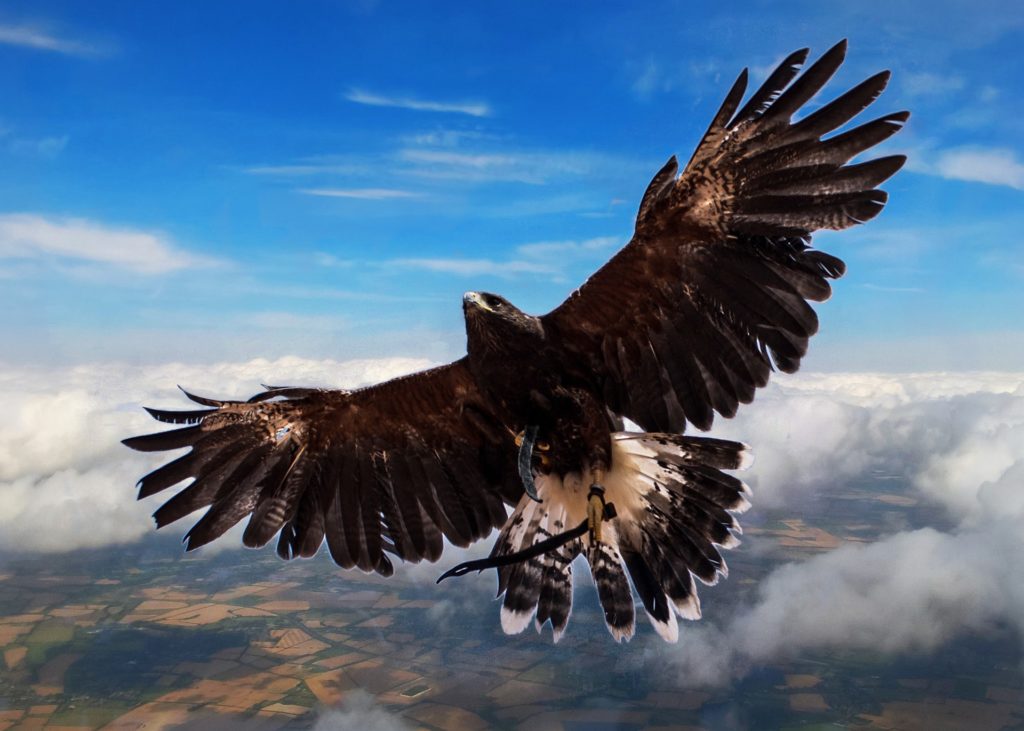How To Take On The Big Guy
 I am fortunate to live in an area that has lots of raptors—hawks and eagles. As I drove home recently, I witnessed some skillful aerial combat—a small bird, sparrow-sized, giving a large hawk the fight of his life.
I am fortunate to live in an area that has lots of raptors—hawks and eagles. As I drove home recently, I witnessed some skillful aerial combat—a small bird, sparrow-sized, giving a large hawk the fight of his life.
The smaller bird was tenacious, attacking the hawk from above and behind, probably pushing it away from a nest of youngsters. I’m not much of a birdwatcher, but always fascinated to see this. The hawk is clearly a larger, more dangerous bird but is defeated (or at least humbled) by a much smaller adversary.
It’s hard to remember, but only a couple of years ago Google was a sparrow and Yahoo! was a hawk. At one point, Amazon was a sparrow and Barnes and Noble was a hawk. Not so long ago, Netflix was a sparrow and Blockbuster was a hawk. Southwest Airlines? A sparrow compared to the other behemoths. Gillette? Currently getting dive-bombed by Harry’s Shave Club and Dollar Shave Club.
Think about what that sparrow must do to thwart the effort of the hawk. A beak to beak, head on confrontation would not go well. Mass times velocity favors the larger object. Duking it out with talons and head butts is futile—like starting a price war with a larger company. David may have beaten Goliath, but he didn’t do it by trading haymakers in the center of the ring.
It’s nice to think that you don’t have to compete, but that’s naïve. There are usually a number of players trying to satisfy a customer’s need in the same market space. Doing it differently (with a different business model or a different strategy) is the trick when you are a sparrow rather than the hawk.
Speed, Agility, Innovation and Perseverance are the weapons of the sparrow and they should be yours as well if you are in the same airspace with larger opponents. Regardless of how you marry those components into a competitive position, there must be an answer to the question, “Why do your target customers buy from you rather than your competitor?”

coaches CEOs to higher levels of success. He is a former CEO and has led teams as large as 7,000 people. Todd is the author of, Never Kick a Cow Chip On A Hot Day: Real Lessons for Real CEOs and Those Who Want To Be (Morgan James Publishing).
Connect with Todd on LinkedIn, Twitter, call 303-527-0417 or email [email protected].
